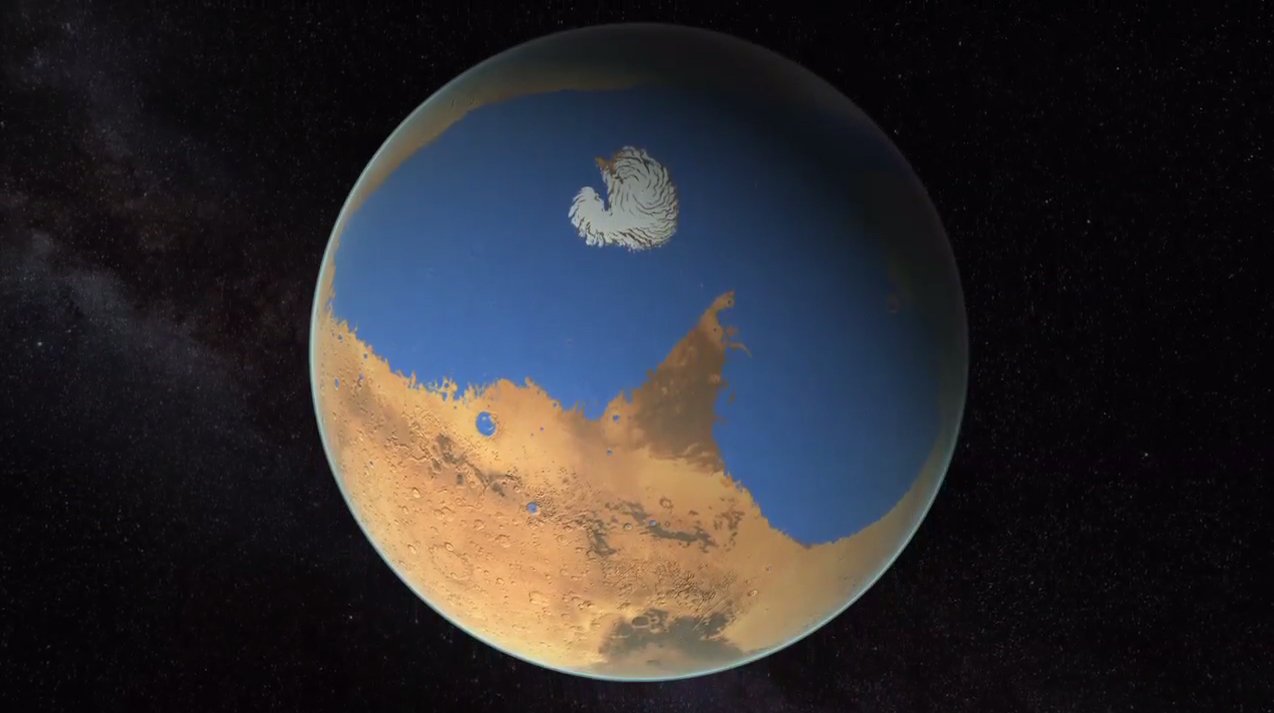How does space affect the human body?
SpaceX’s Polaris Dawn mission is launching this week, sending an all-civilian crew of four into orbit where they will perform the first commercial spacewalk.
Aside from spacewalks, the crew will also help scientists understand how space travel affects the human body. The Translational Research Institute for Space health, or TRISH, at Baylor College of Medicine is trying to help better understand that.
The research will study how the environment of space impacts things from vision and bodily fluids to motion sickness and radiation.
Jimmy Wu, the Deputy Director and Chief Engineer at the Translational Research Institute for Space health said this mission will do things that have never been done before.
“This mission will go on the furthest humans have been from Earth since the Apollo missions,” Wu Said of the nearly 850-mile planned orbit, about three times the altitude of the International Space Station. “We don’t have a whole lot of data of human exposure at that extreme of an environment, so it’s nice to get more of that.”
Wu said this type of research could have practical applications here on Earth.
“I think something like this, using spaceflight to help further show the value of this type of approach to medicine, could make it more mainstream and understandable to the general public,” Wu said. “I think helps provide more ability for individuals to make smarter decisions about their health care and to have it be bespoke and personalized, could be that part that brings health care quality down and health care costs down as well.”
Curious findings on Mars
Could Mars be more like Earth than we thought?
While NASA’s InSight mission is retired, the spacecraft’s data is still being studied and from it, scientists have discovered signs of water underneath the Martian surface.
Amy Williams is a member of NASA’s Mars science team and astrobiologist at the University of Florida. She said this discovery is leading scientists closer to answering questions about the habitability of Mars.
“We know that there’s evidence for water on the surface of Mars in the past,” Williams said. “There are little whiffs of it here and there, as far as water ice and potentially really briny water that we see in the near surface. But this is extraordinary, because this is a massive volume of water in the very deep subsurface

Even though InSight is retired, Williams said making new discoveries using old data is very common.
“There are actually programs at NASA that are meant to fund researchers to go through the old data, because there is so much data and there’s so much you can look back on,” Williams said. “In this case, these data were used in a in a type of like rock physics model that can tell you about the materials the rocks are made of, if there’s anything in poor spaces.
And in other robot news, Perseverance has found a very unique rock while scaling the surface of Mars
“I just want to make it clear that it doesn’t say we found life,” Williams said. “It means that we found something that is so intriguing, and that sometimes life on Earth makes it so we need to further study this rock in order to understand why it has basically the geology and the chemistry that it has.”





Leave a Comment